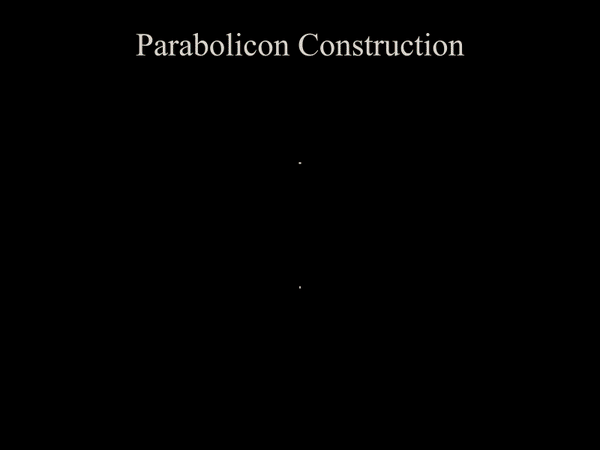
Sphericon
Animation
|

Parabolicon
Animation
|
David Hirsch named his new solid the PARABOLICON. It is a new member to
the line segment bodies (solids whose surfaces are created by
self-intersecting ruled surfaces that create closed 3D space). Like the
sphericon and the oloid, co-members of this special family, its whole
surface is made of a single smooth developable surface. Like the
sphericon, and unlike the oloid, while rolling on a flat surface, its
center of mass maintains constant altitude, so its motion is smooth.
Unlike the sphericon and the oloid, the distance between any two
parallel opposite planes that are tangent to its surface is constant,
so that during all rolling duration its height doesn't change. It has 6
parabolic edges and 8 vertices, 6 of which, define a regular hexagon,
which divides the PARABOLICON into two congruent parts. The PARABOLICON
circumscribes a regular octahedron whose 6 vertices lie on the 6
PARABOLICON's edges.
David Hirsch also writes that the PARABOLICON is only one of an infinite number of shapes belonging to this new family of bodies. For example, a new shape made of six cone segments can be constructed to have a middle cross-section of a regular hexagon; thus, an appropriate name might be the HEXACON, a special case of the PARABOLICON. Other future possibilities include the Octacon, Decacon, etc.
Copyright Notice:
The animations and all images within are under copyright by David
Hirsch
and may not be copied, electronically or otherise, without his express
permission.
David
Hirsch, playidea@gmail.com
|

